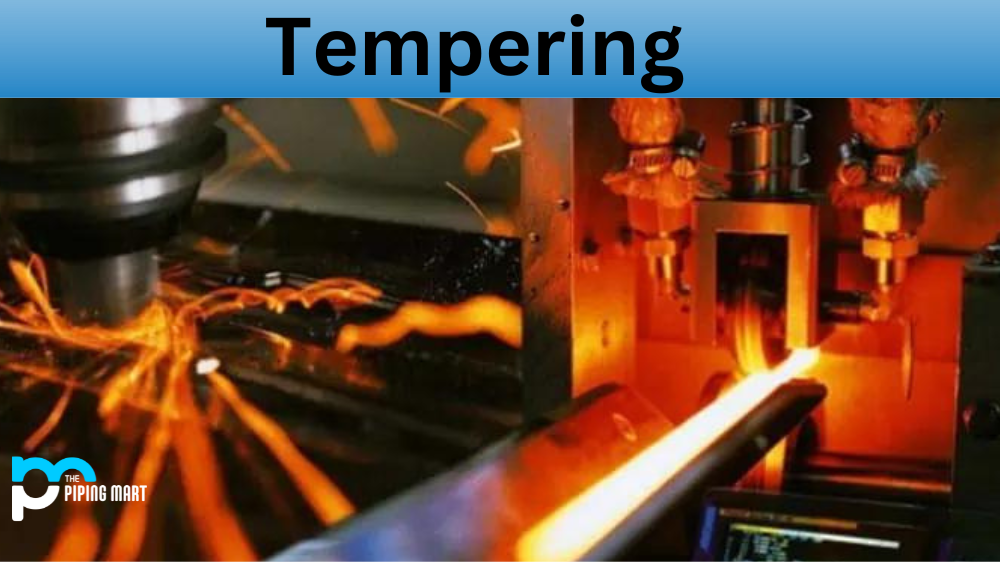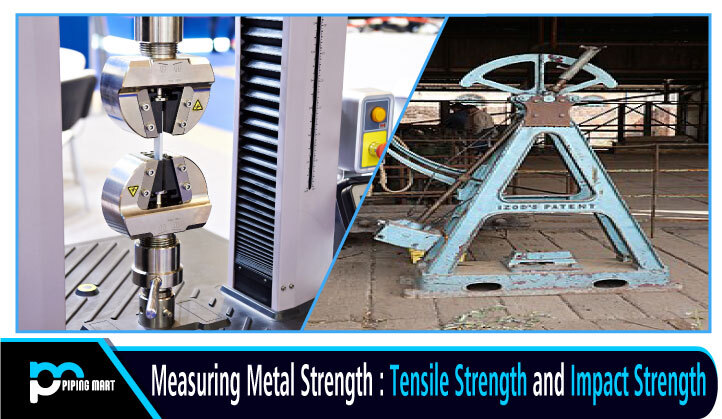Tempering is a heat treatment process used to improve metal’s hardness, strength, and toughness. This process is commonly used in manufacturing steel, as it helps increase the material’s resilience and durability. In this blog post, we’ll discuss the types of tempering, the process, and why it’s important for those in the metalworking industry.
Tempering Types
The tempering you use depends on what kind of metal you’re working with and what results you want to achieve. There are three main types of tempering: full-hard tempering, hardening, and softening.
Full-hard tempering is when a steel alloy is heated to a temperature that will result in maximum hardness and minimal flexibility. Hardening is when a steel alloy is heated to a specific temperature, resulting in increased hardness and decreased flexibility. Softening is when a steel alloy is heated at lower temperatures than hardening or full-hard tempering to increase flexibility without sacrificing strength or hardness.
Tempering Process
The tempering process begins with heating your metal workpiece until it reaches its transformation temperature (this varies depending on what kind of metal you’re working with). Once your workpiece has reached its transformation temperature, you can begin the actual tempering process by cooling it down using either air or water quenching (depending on what kind of metal you’re working with). Once the entire process has finished, the rate at which your workpiece cools down determines how hard or soft it will be. If your workpiece cools down too quickly, it may become too hard; if it cools down too slowly, it may not become hard enough.
Why Is Tempering Important?
Tempering is an important part of any metalworking project because it strengthens metals and makes them more durable and resilient. This means that tempered metals will last longer than non-tempered metals and can withstand more wear and tear over time—making them ideal for products that need maximum durability, such as tools or certain pieces of furniture. Additionally, tempered metals are often lighter than non-tempered metals, making them easier to transport or handle during production or installation processes.
Conclusion:
In conclusion, tempering is a heat treatment process that improves the hardness, strength, durability, and toughness of metal alloys such as steel. It involves heating a workpiece until it reaches its transformation temperature before cooling it down using air or water quenching to reach desired levels of hardness/softness. Tempering provides numerous benefits, including increased strength/durability while also making products lighter in weight, which makes them easier to transport/handle during production/installation processes—making it an invaluable tool for those in the metalworking industry!

A passionate metal industry expert and blogger. With over 5 years of experience in the field, Palak brings a wealth of knowledge and insight to her writing. Whether discussing the latest trends in the metal industry or sharing tips, she is dedicated to helping others succeed in the metal industry.




